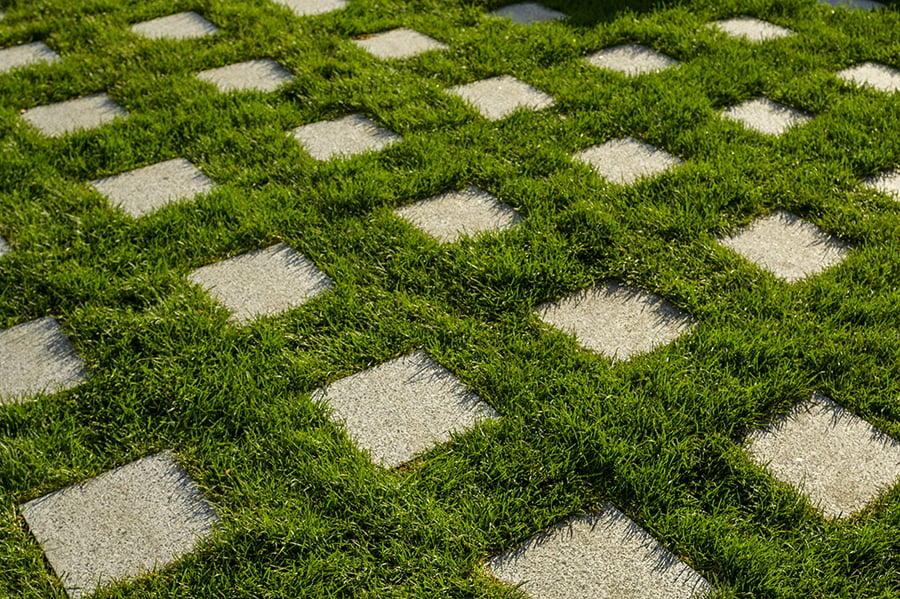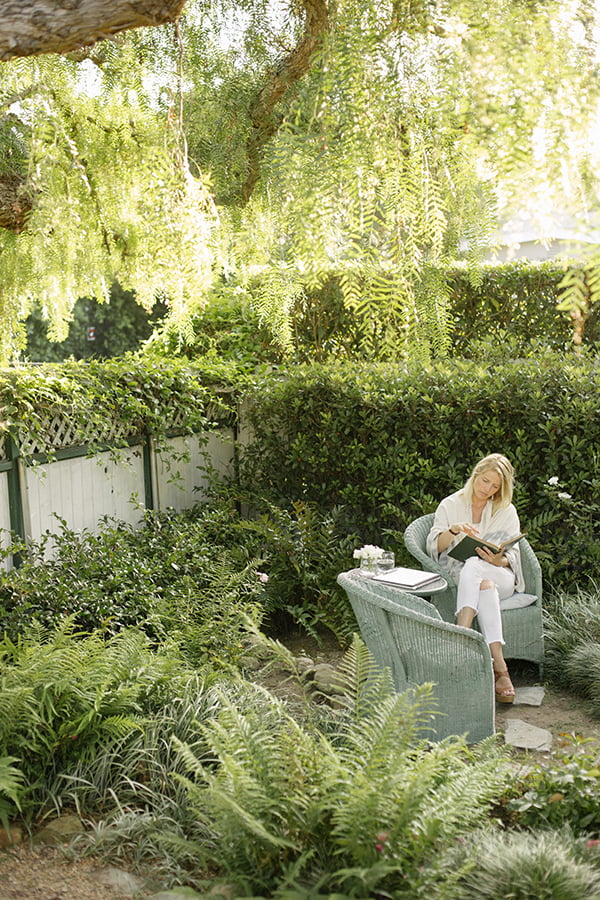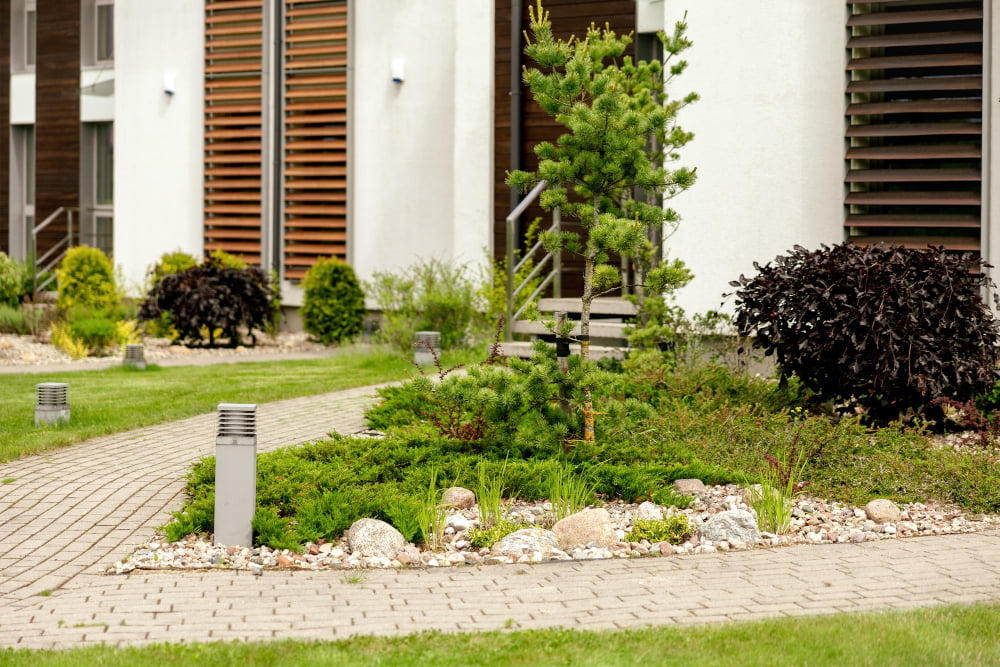Discover the aesthetic and practical benefits of ornamental grasses, as this article guides you through selecting, planting, and maintaining these versatile plants in your garden.
Key takeaways:
- Adding ornamental grasses offers texture, movement, and low maintenance to gardens.
- Choose the right grass varieties for different situations and preferences.
- Proper planting, spacing, and timing are crucial for successful growth.
- Regular watering, occasional fertilization, and pruning ensure healthy grasses.
- Incorporate grasses for contrast, year-round interest, and to enhance garden design.
Benefits of Adding Ornamental Grasses to Your Landscape

Adding ornamental grasses to your landscape offers a plethora of benefits that can enhance your garden’s aesthetic and functionality. Firstly, they add texture and movement, creating a dynamic aspect to your garden that changes with the breeze. These grasses come in a variety of colors, from vibrant greens to deep purples, adding a palette of shades throughout the seasons.
They also contribute to a low-maintenance garden since most ornamental grasses are drought-resistant once established. This means they require less watering, saving time and resources. Furthermore, their adaptability allows them to thrive in a wide range of soil types, often requiring little to no fertilizers or pesticides, which is beneficial for those looking to cultivate a more sustainable yard.
Their robust nature means that they can provide erosion control on slopes or banks, their root systems helping to anchor soil. Ornamental grasses also offer habitat and food for wildlife, including birds and beneficial insects, contributing to local biodiversity. Due to their different sizes and growth habits, they can serve as ground covers as well as privacy screens, making them versatile picks for any landscape.
Lastly, they can be perennial, coming back year after year, or annual, allowing for flexibility in garden design and the opportunity to change up the scenery each season. This combination of beauty, practicality, and ecological benefits makes them an excellent choice for gardeners looking to add an element of interest to their outdoor spaces.
Favorite Ornamental Grasses for Every Situation
Selecting the right ornamental grass for your garden situation can elevate the design and appeal of your outdoor space. Each variety offers unique characteristics that cater to different needs and preferences.
For small spaces or containers, consider compact varieties such as ‘Hameln’ dwarf fountain grass, which grows to about 2-3 feet tall and provides a soft, fluffy texture without overwhelming the area.
In regions with strong winds or heavy rainfall, sturdy species like switchgrass (Panicum virgatum) stand firm. Their deep roots stabilize soil, and their tall, stiff stems remain upright even in rough weather.
Looking to add a splash of color? Japanese blood grass (Imperata cylindrica ‘Rubra’) offers a bold contrast with its striking red-tipped blades, creating an eye-catching display from spring to fall.
For gardeners in search of year-round interest, evergreen grasses such as blue oat grass (Helictotrichon sempervirens) maintain their appeal even during the colder months, providing structure and color when other plants have died back.
If privacy is a priority, taller grasses like maiden grass (Miscanthus sinensis) can act as a graceful screen, growing up to 8 feet tall and offering a lush barrier without the rigidity of a fence.
For those with water conservation in mind, drought-tolerant species like Mexican feather grass (Nassella tenuissima) thrive on minimal irrigation, their delicate, fine-textured foliage swaying gracefully even in dry conditions.
By carefully choosing ornamental grasses that suit your specific needs, you can ensure a beautiful, thriving garden tailored to your landscape environment.
Ornamental Grass Planting Guides
Planting ornamental grasses requires considering a few key points to ensure they thrive and enhance your garden’s aesthetic. First, think about the sunlight requirements of your chosen species. Most ornamental grasses prefer full sun, but there are varieties that can tolerate partial shade.
Before you plant, prepare the soil by loosening it and mixing in organic material if needed to improve drainage. Ornamental grasses generally prefer well-drained soil and can be sensitive to overly wet conditions.
Spacing is another important factor. Give your grasses room to grow, both in width and height, keeping in mind their mature size. Overcrowding can lead to poor air circulation and increase the risk of disease.
When planting, dig a hole that is twice as wide as the root ball but no deeper than the plant was growing in its nursery pot. This helps the roots to expand outward easily without sinking too deep and risking rot. After placing your ornamental grass in the hole, backfill with soil, and water thoroughly to settle it in place.
Lastly, consider the timing. The best times to plant ornamental grasses are in the spring, which gives them a full growing season to establish, or early fall, so they can settle in before winter. Avoid planting in the peak of summer heat or the cold of winter to reduce stress on the plant.
Care and Maintenance for Ornamental Grasses
Ornamental grasses are famed for their low maintenance needs, but a little care can go a long way to ensure they thrive and enhance your garden throughout the year. Here’s what you need to know for keeping these plants at their best:
Firstly, water your grasses regularly during their first growing season to establish a robust root system. Once established, they are incredibly drought tolerant, but young plants will appreciate consistent moisture.
Fertilization isn’t often necessary, but an annual springtime application of a balanced slow-release fertilizer can encourage vigorous growth and vibrant foliage. Be careful not to overfeed, as too much fertilizer can lead to weak, floppy growth.
Pruning is another aspect of grass care that’s quite straightforward. Trim back the dead foliage in late winter or early spring before new growth starts—this tidies up the plant and makes room for fresh sprouts. Some varieties also benefit from occasional division every few years to prevent overcrowding and maintain plant health.
Lastly, keep an eye out for pests and diseases. Luckily, ornamental grasses have few enemies, but rust, fungal spots, and aphids can occasionally pose problems. Most issues can be handled with proper spacing for air circulation and by keeping the foliage dry.
By following these simple tips, you’ll enjoy the dynamic beauty of ornamental grasses with minimal effort.
Incorporating Ornamental Grasses Into Your Garden Design
Integrating ornamental grasses into your garden design can create a dynamic and visually appealing space that appeals to diverse aesthetics. Here are a few points on how to do so effectively:
– **Contrast and Texture**: Use the varied textures of ornamental grasses to contrast with the smooth leaves of traditional plants. Their distinct form can break monotony, adding depth and interest to your garden.
– **Movement and Sound**: Take advantage of the gentle swaying motion and soothing sounds as the breeze moves through the grasses, which can add a sensory dimension to your outdoor space.
– **Year-Round Interest**: Select grasses that offer visual interest throughout different seasons—think about color-changing foliage or grasses with striking seed heads that persist into winter.
– **Scale and Layering**: Pay attention to the heights of different grasses to create a layered look. Taller varieties can form a backdrop, while shorter ones serve as groundcover, leading the eye through the garden.
– **Color Schemes**: Consider the color range of ornamental grasses, from greens to reds, and use them to complement or accentuate the color palette of your existing garden flowers and plants.
– **Solo Specimens or Group Plantings**: Decide whether you want a standalone grass feature, which can serve as a focal point, or grouped plantings for a more robust and cohesive appearance.
– **Edges and Borders**: Grasses can be perfect for softening edges and borders of your garden beds or pathways, blending the lines between different garden areas.
By thoughtfully positioning ornamental grasses within your garden, you can enhance its overall beauty and create a captivating and sustainable landscape that thrives with minimal upkeep. Remember, these versatile plants can serve multiple functions, from providing privacy to creating inviting outdoor nooks.
Also interesting:




